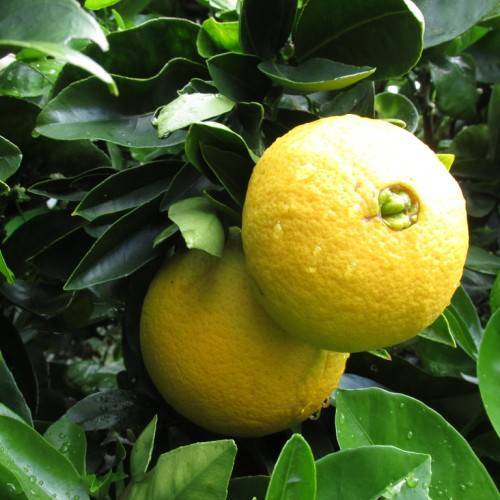
navel orange
Citrus sinensis 'Washington'
Cycle:
Perennial
Watering:
Frequent
Hardiness Zone:
9 - 11
Flowers:
Flowers
Sun:
full sun,part sun/part shade
Fruits:
Fruits Ready In Winter
Edible:
Yes
Leaf:
Yes
Growth Rate:
High
Maintenance:
Moderate
Drought Tolerant:
Yes
Tropical:
Yes
Care Level:
Medium
watering
Navel oranges need to be watered 1–2 times per week in the spring and summer, and once per week in the fall and winter. In warm weather it may be necessary to increase the amounts of water so that the soil remains evenly moist. During hot weather, it is important to water deeply and at the base of the plant. In cold weather, be sure to water early so that the soil is dry by sunset.
sunlight
The navel orange tree likes plenty of sunlight, ideally 8 to 10 hours each day. In the hotter months, it is best to provide shade during peak daylight hours to avoid scorching of the foliage. As the tree matures, it may require more shade as its canopy becomes denser and a bit more sun-intolerant. Navel orange trees should receive a minimum of 6 hours of direct sunlight while they are young and growing. In the winter months, most of the sunlight received by navel oranges will be indirect and will help the tree to break its dormancy until the returning of colder weather. When direct sunlight is present, it helps to speed up the ripening process, and can also make them sweeter in taste. Sunlight also helps to keep the skin of navel oranges firm and prevent it from becoming soft and wrinkly.
pruning
Naval orange trees should be pruned around the beginning of the spring season, usually when the buds start to swell up. The pruning should focus on removing any dead, diseased, and overgrown branches, as well as opening up the canopy of the tree to allow more light and air circulation. Pruning should be done with scissors or pruning shears, and the amount of pruning should generally be kept small, removing no more than 1/3 of the canopy at 1 time. After pruning is complete, the tree should be fertilized and watered adequately to ensure healthy growth. Regular, careful pruning is a key step to ensure the best growth of navel oranges. By keeping branches clear of each other and maintaining an even shape, fruit production and overall tree health will be optimized.
Season
Hardiness Map
Similar Plants
Golden pothos is an absolute champion of a houseplant. Beautiful and easy to care for, she is happy to trail over the sides of a hanging basket, or climb up a trellis or a moss pole; she will grow in anything from bright to low light; she will forgive some neglect; and she is a breeze to propegate so you can make many full plants for yourself, to sell, or to give to friends and family. 10/10 recommend 👌
